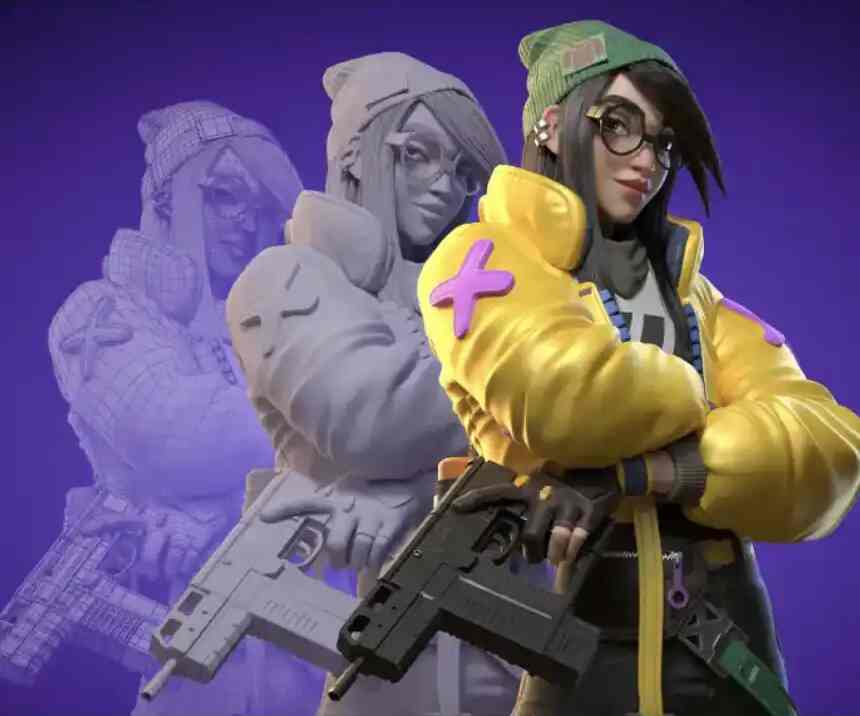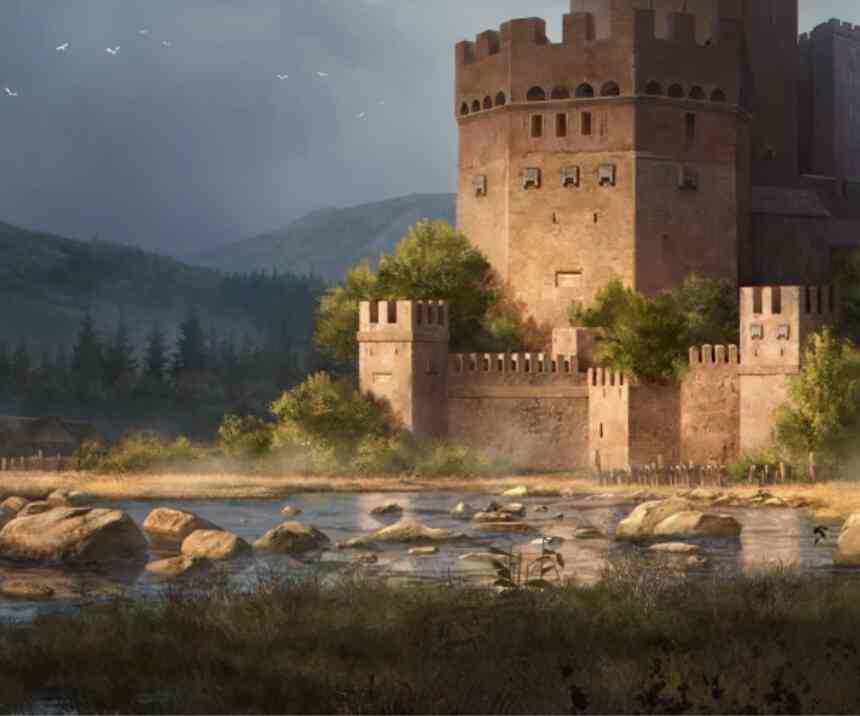We already know what character makers are doing, so now let's dig out more details about the process – from start to end. Different studios have different approaches to creating two-dimensional content, but the core principles and pipeline usually stay practically the same no matter what game they work on. It could be a platformer, action, or simplistic runner, but the fundamental stages remain unchanged.
Stage #1: game designers write a document with explicit descriptions of the main characters. The text may also contain specifics about the hero’s animations and skills, sometimes even iconic personal quotes. All of these are important for building a relevant protagonist image. In addition, the file comes with a bunch of references and suggestions.
Stage #2: character designer studies the document and produces a few rough sketches that may present different ideas for the required concept. These drafts are mostly black-and-white silhouettes that define the body size, general vision, and notable features.
Stage #3: time to choose a general image of the character and specify its forms and details. Various suggestions or complete solutions for certain nuances can be proposed at this stage. Refined sketches receive major improvements and acquire the desired appearance.
Stage #4: after approving monochromatic drafts, the character designer goes back to the drawing board to tinker with colors and determine which color scheme should be used. Once colors are chosen, your final sketch is complete.
Stage #5: at this stage, 2D art acquires its final form through Photoshop. All character's features and elements are drawn in separate layers following the hierarchy of overlapping objects. All layers are marked and named accordingly to make the export process more straightforward. It also helps with finding particular elements of the character, which comes in handy on highly detailed pieces of art.
Stage #6: we call it "beautification." 2D character modeling involves many secondary but still very important aspects such as lighting, shading, etc. Well-adjusted lighting, for example, can make a world of difference in terms of atmosphere and dramatic effect.
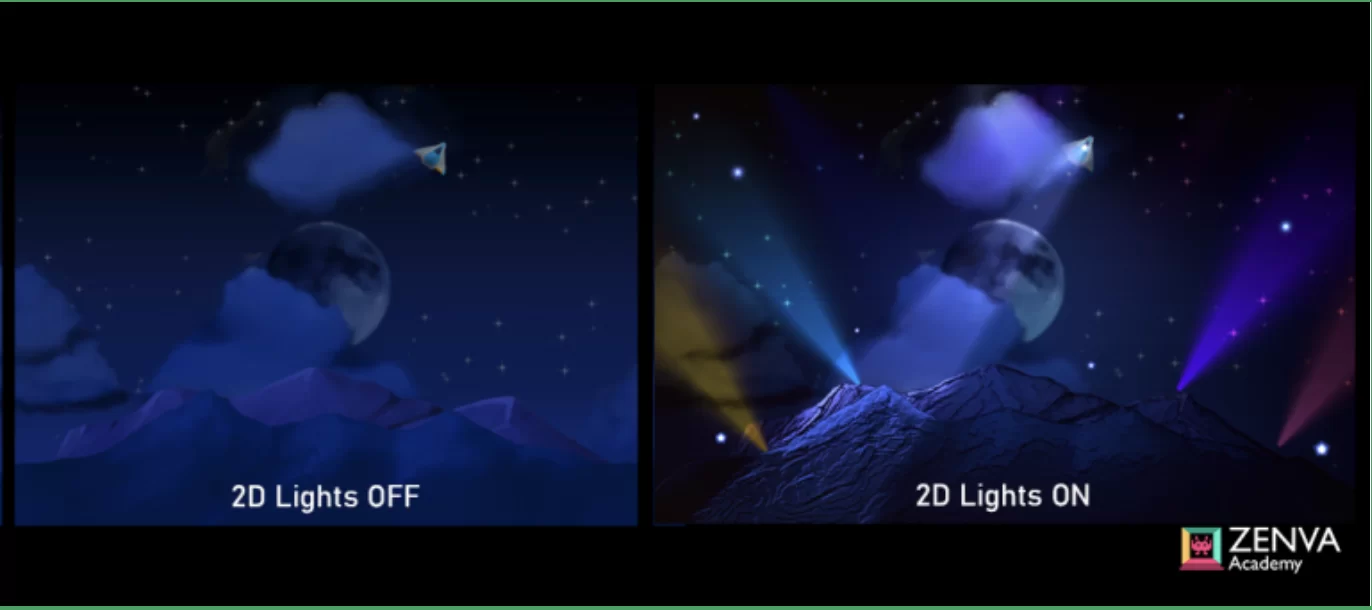
Lighting has a massive impact on any scene, even without any characters in it (source: ZENVA Academy)
Stage #7: the final version of the character design undergoes a thorough inspection by the art director, and after the approval, the task is complete.
The finalized art is saved as .psd to continue its journey straight to the animators' den. Preparing a final PSD file is a kind of finishing touch – all requirements and technical constraints must be checked and met. This includes proper color depth, removal of all unnecessary layers, and confirming the image's size.
IMPORTANT BITS AND TIPS FOR 2D CHARACTER MODELING
Remember that your personages must be visually "readable" from the first glance (who they are, what they do for life, etc.) and stand out from the crowd and environment. Because what kind of hero are you drawing when they dissolve in the grey mass of extras or get eaten by the background? However, balance the so-called "coolness" parameter right – you do not want your heroes to look like aliens to the game world (unless you are making a game about actual extraterrestrial adventures). In addition, we would not recommend sacrificing character readability in favor of specific designs.
We believe that the best tools to make recognizable and unique characters are stylization and unification. Let's take the famous cartoon sitcom South Park or its major game adaptations ("The Stick of Truth" and "The Fractured but Whole"), where all 2.5D characters are drawn in the same simplistic style. It is far from being realistic, but it works just fine because it serves as the key distinguishing feature. Of course, it can be hard to come up with such a unique art style, but who said it would be easy? So invent, experiment, and continue moving forward with your canon.
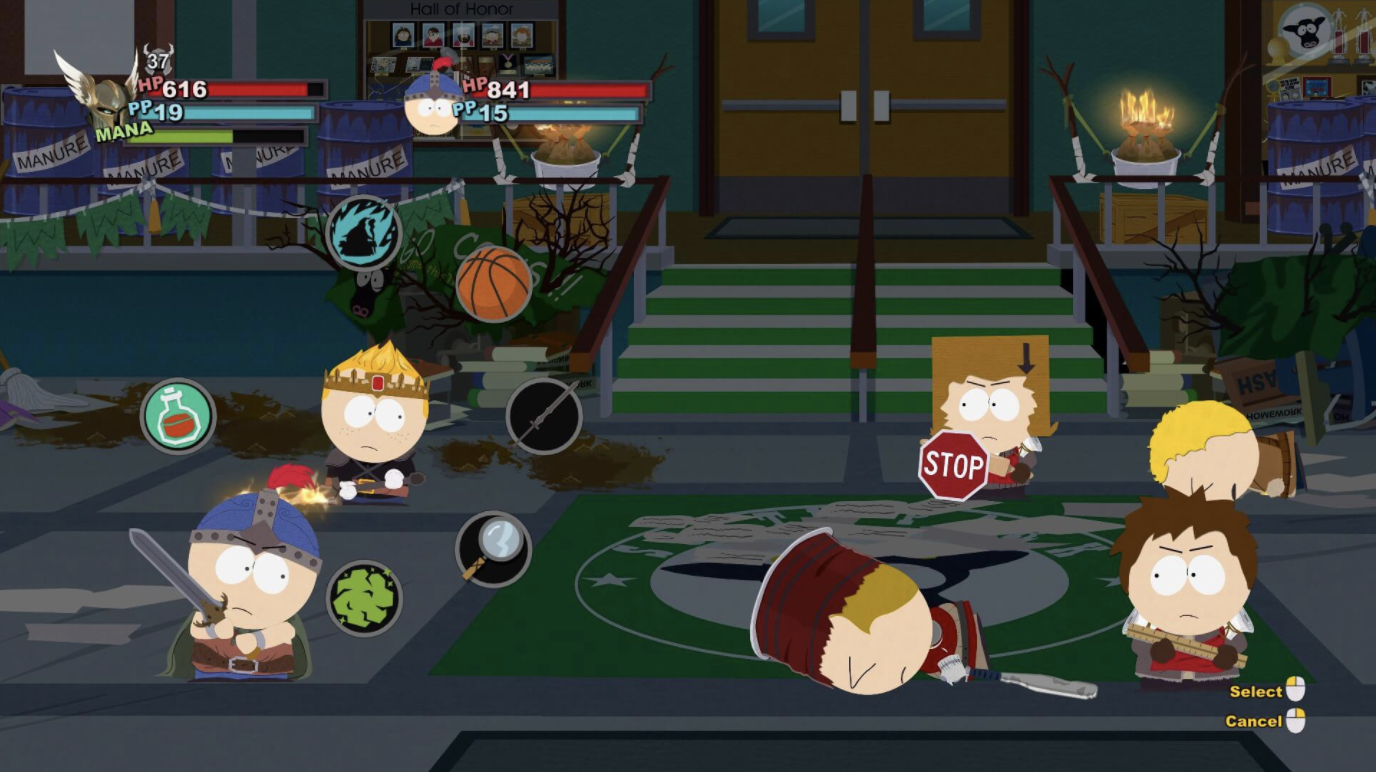
Another tip we would like to share today is for games with a quick development cycle. For instance, when you are creating a small platformer, focus not just on your characters' looks but also on the convenience of scaling. It becomes much easier to multiply and replicate characters if you use a minimal level of detail and typical silhouettes. The more sophisticated characters you have, the harder it will be to create graphic design and animation for them.
WHAT TOOLS TO USE FOR 2D CHARACTER MODELING?
We already briefly mentioned above that the art finalization for 2D games is usually made in Photoshop. However, it does not necessarily mean that you have to use this particular Adobe product. There are some decent alternatives for drawing your characters, for example, GIMP, Inkscape, or Illustrator. The latter is a popular choice for artists that create resizable two-dimensional art. For working with non-vector imagery, we can recommend Clip Studio or Manga Studio.
Experienced 2D character designers that also work with animation prefer programs such as Spriter and Spine. Both of them are good for using skeletal animation. In addition, the Spine app also features official Unity support, which is one of the most popular game engines today.
The gaming industry is constantly evolving and expanding. Projects are becoming bigger and beefier, while gamers are getting more demanding for graphics and original characters. The only way to stay on top for game studios is to improve their product quality through careful study and enhancement of each element. This is where character design becomes crucial because the audience wants new unique personas to associate themselves with. That is why all 2D characters must be cool, exceptional, and lovable. So it means you are going to need talented character artists to make them for you.
Argentics can be your medium in the world of 2D art. Our highly experienced and seasoned digital artist team is always ready to hear you and help you visualize your ideas in the most effective and economical way. We take pride in our job and guarantee top-notch results in every area of
2D art.
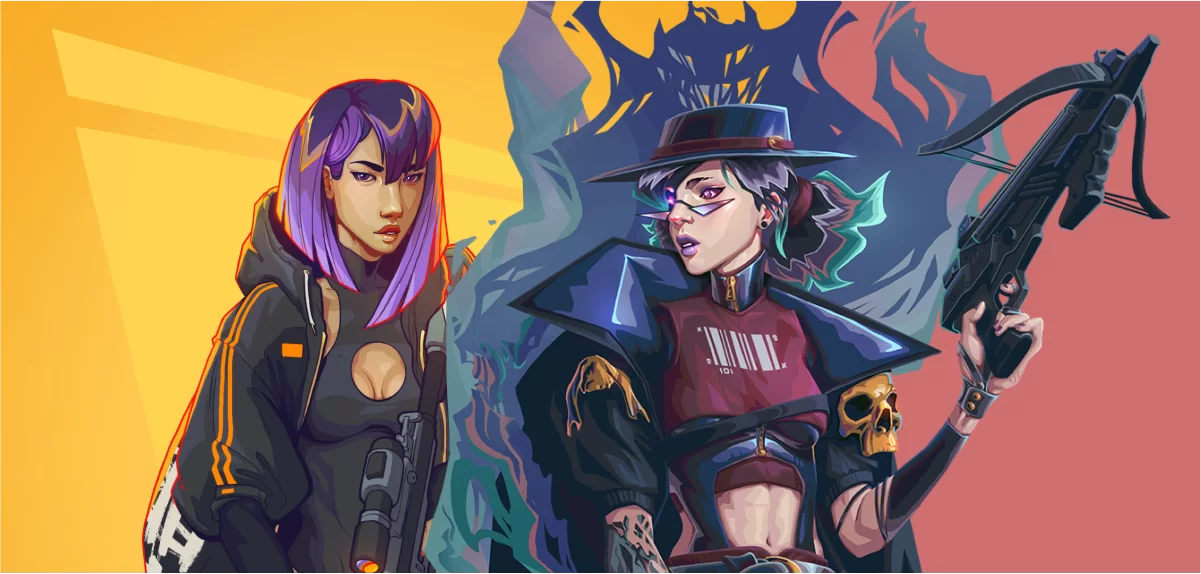
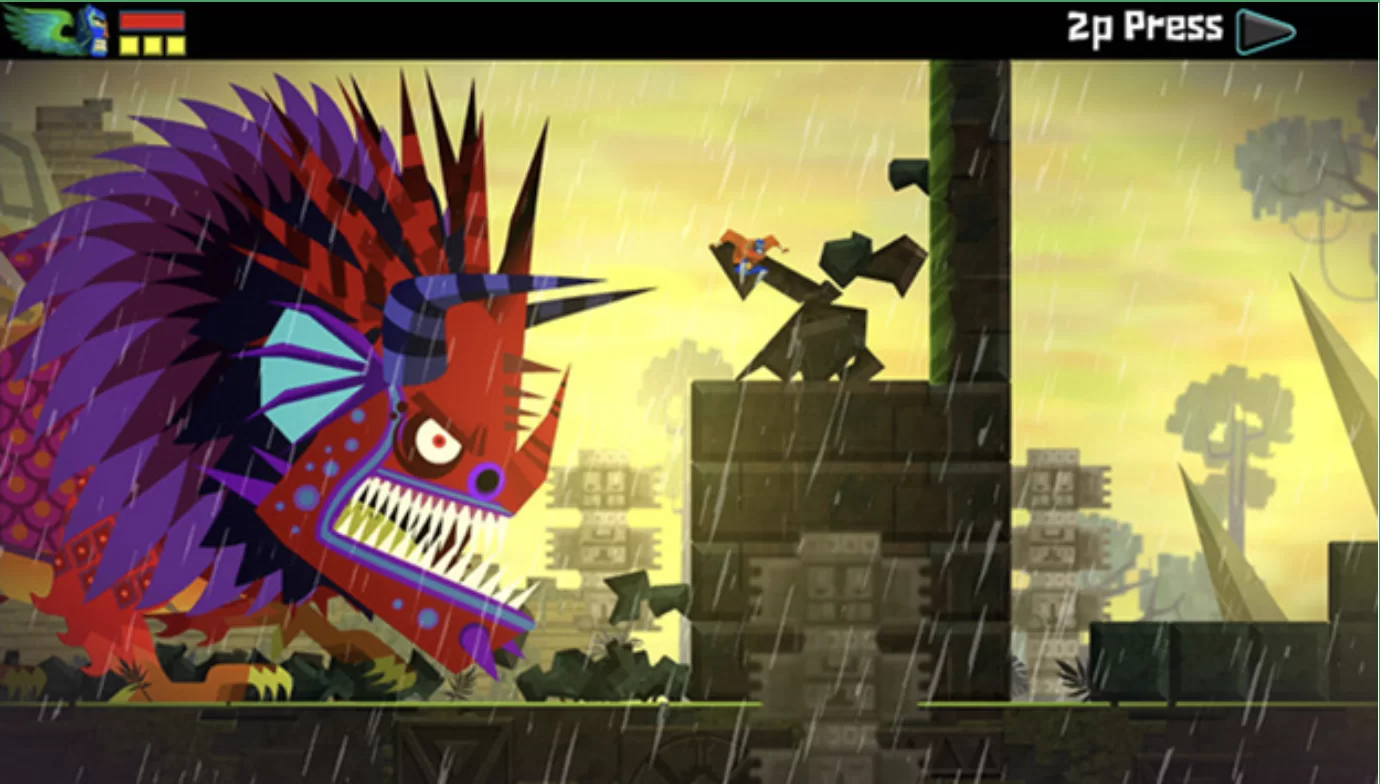 Gorgeous-looking yet terrifying vector art from Guacamelee!
Gorgeous-looking yet terrifying vector art from Guacamelee!


